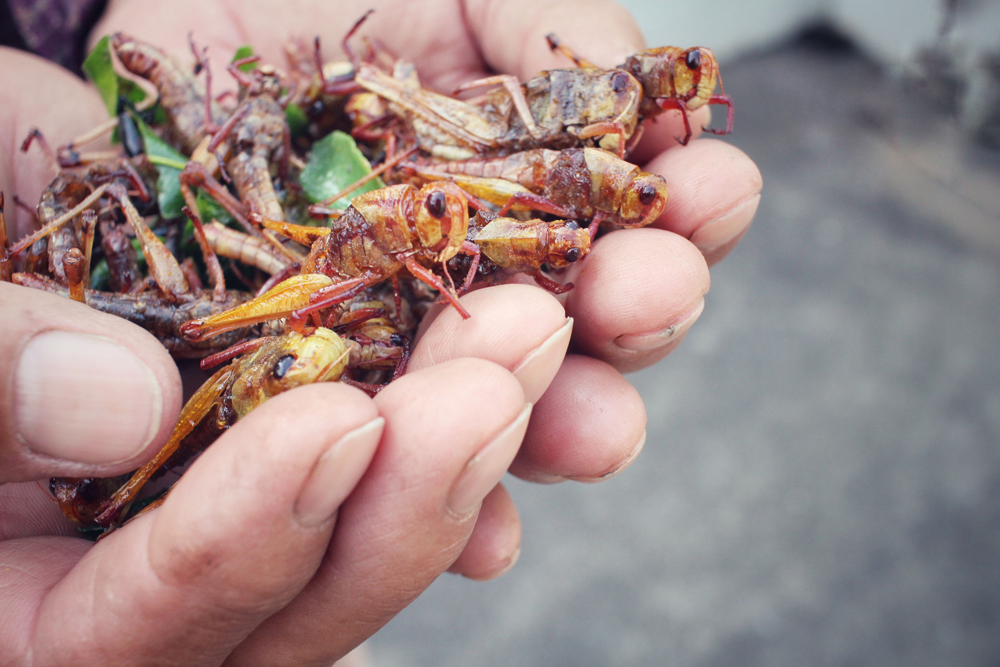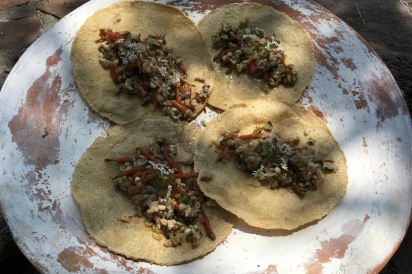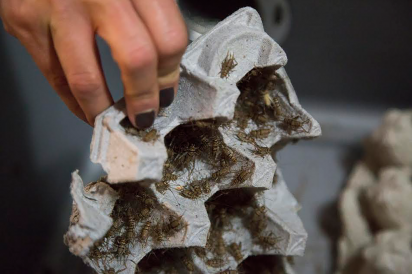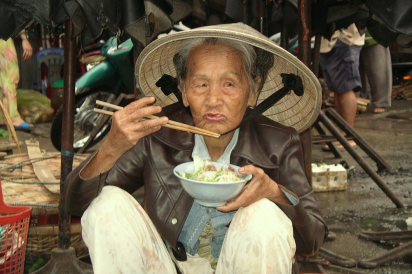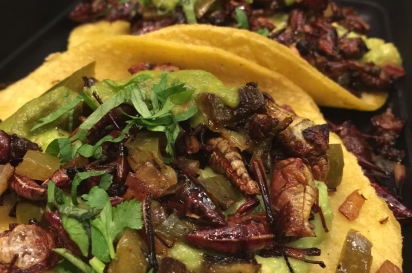BUGGING OUT: AN ASPEN EVENT MAKES THE CASE FOR EATING INSECTS
I vividly recall my first foray into entomophagy (the human consumption of insects and arachnids as a food source): gulping a maguey worm bobbing in the dregs of a bottle of Gusano Rojo. Unfortunately, such encounters are the only exposure most Norte Americanos get to both edible bugs and mezcal, and it does justice to neither.
While I’m sure you’d prefer to read about agave spirits, this post is dedicated to the growing domestic trend of entomophagy. On March 6, the Wheeler Opera House will screen the premiere of the documentary BUGS, followed by a four-course dinner at The Little Nell's Element 47. The meal is inspired by the film, which “follows chef Ben Reade and scientist Josh Evans around the world” as they explore solutions to feeding our burgeoning population. The Nell’s executive chef Matt Zubrod and executive sous chef Keith Theodore are collaborating with Mexican chef and BUGS co-producer/star Jose Carlos Redon on the menu.
At this point, you’re probably asking yourself, “Why would I want to eat bugs, when America has the world’s most abundant and affordable food supply? I feel you. Read on.
Throughout Latin America, Asia, Africa and Oceania, insects are a vital part of indigenous and traditional diets by necessity, offering a valuable source of protein and other nutrients. I’ve seen- and eaten- all manner of insects while on assignment in various countries, and while I confess that bugs give me the heebie-jeebies, I’m completely on-board with insects as an alternative protein source. I’ve also been pleasantly surprised by the taste of various critters, from the lemony tang of Australian green ants to the nutty flavors inherent to certain types of grubs.
With our global population set to tip nine billion by 2050, insects are increasingly being touted in the Western world as a nutritious, sustainable solution to feeding the planet. According to a 2015 article in Entrepreneur, “The United Nations estimates that the livestock industry accounts for 14.5 percent of global greenhouse gas emissions. Exo [a New York-based producer of cricket flour-based energy bars] says crickets are 20 times more efficient as a source of protein than cattle, and produce 80 times less methane than cattle.”
Notes Wendy Lu McGill, Colorado’s token edible insect farmer and the owner of Denver-based Rocky Mountain Micro Ranch (a co-sponsor of the March 6 event) “Micro ranching drew me to leave behind consulting with UN agencies…because it hits all the marks I seek for how agriculture could sustain a growing human population with shrinking resources. We can raise nutritious, delicious food with a fraction of the land, water and feed, and even raise some of this food in the middle of cities.” She sells her insects and “edible insect products” wholesale to restaurants (including Denver’s Linger, Zengo and Comida) and manufacturers; think of her as an entomophagy activist.
McGill raises crickets, “a delicious beetle larvae known as molitios, and galleria, a sweet moth larvae that is a honey bee parasite. Crickets, however, are arguably the most popular edible insect in the world, being versatile, with super dense nutrition including as much calcium as milk by weight.”
Lest you think restaurants like The Little Nell are serving up the overpriced equivalent of a Black Flag Roach Motel, note that Element 47 will include “crispy pork belly with cricket mole and collard greens, and maguey fried ice cream with salted caramel, churro and bitter chocolate” at the March 6 event. Says Theodore, “I’d never cooked with bugs before receiving some samples from (McGill’s) micro ranch. I liked the flavor and texture—the crickets tasted like a deep toasty snack mix.”
Even in developing nations, most insects and arachnids (which are, after all, related to crustaceans like lobster and shrimp) aren’t consumed straight up. In Mexico, chapulines (grasshoppers) are toasted with garlic, salt and lime juice, and in Laos and Cambodia, I’ve observed everything from tarantulas and scorpions to cockroaches and giant water bugs being grilled or fried and tossed with spices or served with dipping sauces. Aboriginal Australians consume wichetty grubs by roasting them in ashes, and seasonal caterpillars are prepared the same way in parts of Africa.
Even if you’re too squeamish to think about eating bugs, no matter how gussied up they may be, Theodore sums up why Aspen is playing host to such a seemingly off-brand event. “Aspen Skiing Company [which owns The Little Nell] prides itself on being forward-thinking and sustainable solutions, so we felt this was the perfect venue to help spread awareness and do our part.”
Want to do your part? Get your tickets for BUGS here; to make a dinner reservation only, call Element 47 at 970.920.6330 or email element47@thelittlenell.com.
Hungry? You can order edible insects and insect products here.
ANDREW ZIMMERN’S WOK-TOSSED CRICKETS WITH CHIVES AND BLACK BEANS RECIPE


